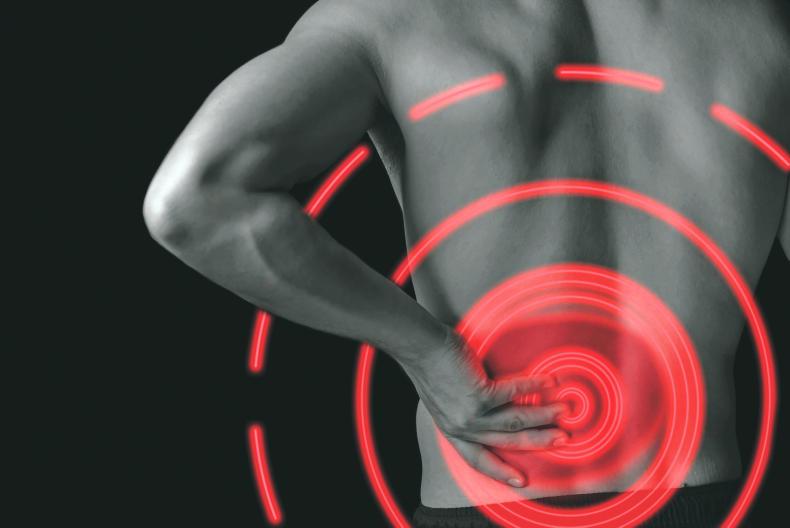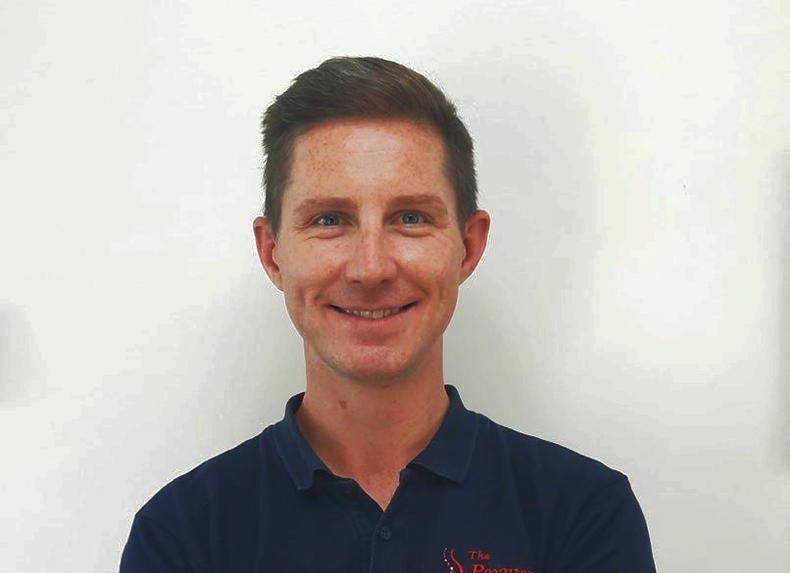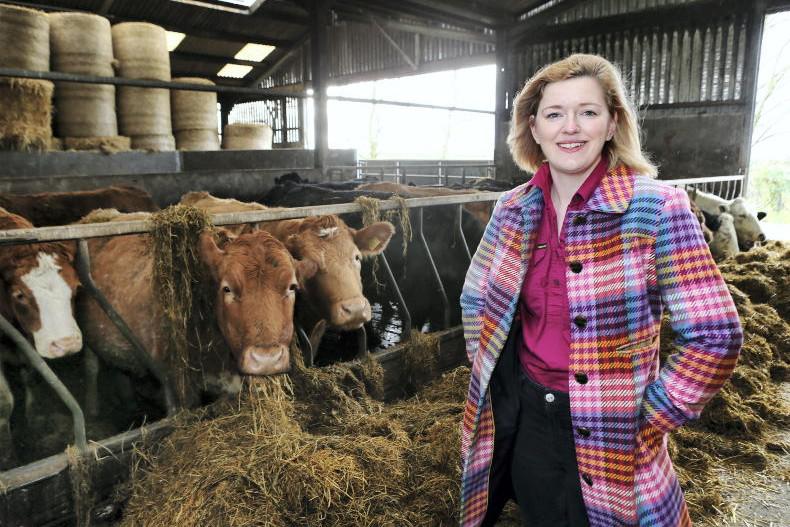The quest for eternal youth continues to motivate people to try to defy aging. However, our idea of youthfulness is shifting as we accept the inevitable aging process and embrace positive aging.
Older people are staying “younger”, more able bodied and living longer. People in their 60s and 70s are experiencing a second adulthood and no longer considered “old” or classed as elderly.
These monikers have shifted to describe those in their 80s and 90s. Now more than ever, a gratitude for being healthy has encouraged us to look beyond our superficial skin to define youthfulness.
So what does staying young really mean? Let’s examine some of the positive anti-aging effects of exercise.
Aging is a complex process that can be influenced by lifestyle. Our bodies’ response to the passing of time is not universal and differs based on how we choose to live our lives.
Starting from the inside out, researchers have found that the more exercise people do, the less their cells age compared to those that live a more sedentary life.
The health of our telomeres- protein caps on the end of human DNA chromosomes- is a marker of our overall health and aging process. Telomers get shorter as we age and people with shorter telomeres have been found to die sooner and are more likely to develop chronic diseases.
Cellular aging
The good news is that research has found that those who exercise have longer telomeres compared to those who don’t, with a difference of up to nearly 10 years of cellular aging.
Moderate to vigorous exercise of 20-30 minutes a day, five days a week, has been shown to have an impact on cellular aging.
The immune system is a complex network of cells that protect the body from infection and changes that can cause disease. As we age, our immune system response slows and this often results in more infections and possible cancers.
The immune system is very responsive to exercise. Exercise has also been shown to boost the circulation of immune cells, improving our immune system.
Exercise, combined with a healthy lifestyle, diet and reduced stress can help keep our immune systems fighting fit.
Heart health
Heart health is extremely important and is, you guessed it, impacted by how much we exercise. Exercise helps to keep the heart youthful. Our heart and cardiovascular system change as we age, starting from as young as 20 years old.
The walls of the heart, heart valves, arteries and veins, stiffen and thicken as we age. These changes are a normal part of aging. However, when combined with risk factors for heart disease, they can increase our risk of developing heart problems.
Regular exercise helps manage blood sugar levels, control weight, lower blood pressure, reduce stress and improve cholesterol, all of which positively impact heart health.
Researchers have found that purposeful moderate intensity exercise that raises your heart rate, conditions the heart and keeps arteries youthful. They even suggest that exercise can reverse the effects of cardiovascular aging. So, it is never too late to start.
Daily exercise, calcium and vitamin D are crucial in the fight to minimise bone loss
Exercise also has an impact on bone health. Exercise can slow the rate of how we lose our bone strength and can make bones stronger. Bone is a living tissue and is constantly being removed and replaced.
Peak bone strength is achieved between the ages of 25 to 30. Unfortunately, once we hit 40, we slowly begin to lose bone mass as less bone is replaced.
There is a 10% decline in bone density each decade from about 50 onwards. Daily exercise, calcium and vitamin D are crucial in the fight to minimise bone loss. The hormone oestrogen helps to maintain bone density.
Menopause causes a sharp drop in oestrogen. This can lead to more bone density loss overtime. Restrictive dieting, being underweight, smoking, sedentary lifestyles and regular excessive alcohol intake all contribute to diminished bone density and weaker bones.
Regular weight-bearing exercise helps to build and maintain stronger bones, keeping bones “younger”. Walking, running, dancing, and jumping combined with strength exercise promotes better bone health.
Muscle mass
Regular exercise and physical activity are also a well-researched antidote against muscle aging. Muscle mass and strength begin to reduce from around 30-40 years, at an approximate rate of 30% loss per decade.
This begins to accelerate after we reach 60 years of age. No treatment is going to completely stop this natural aging process, but we can try to slow things down.
Physical inactivity has been shown to result in loss of muscle volume and strength. The old saying “if you don’t use it, you lose it”, rings true. Resistance exercise, working your muscles against a weight or force, promotes muscle growth and improves strength.
Exercise is one of the foundational pillars of a healthy lifestyle and aging positively. Consistent exercise and moving regularly throughout your day can have a huge impact on staying younger and healthier for longer.
Read more
Stephen O’Rourke: keep fit while farming
Physio for farmers: is spinal surgery my only option?
The quest for eternal youth continues to motivate people to try to defy aging. However, our idea of youthfulness is shifting as we accept the inevitable aging process and embrace positive aging.
Older people are staying “younger”, more able bodied and living longer. People in their 60s and 70s are experiencing a second adulthood and no longer considered “old” or classed as elderly.
These monikers have shifted to describe those in their 80s and 90s. Now more than ever, a gratitude for being healthy has encouraged us to look beyond our superficial skin to define youthfulness.
So what does staying young really mean? Let’s examine some of the positive anti-aging effects of exercise.
Aging is a complex process that can be influenced by lifestyle. Our bodies’ response to the passing of time is not universal and differs based on how we choose to live our lives.
Starting from the inside out, researchers have found that the more exercise people do, the less their cells age compared to those that live a more sedentary life.
The health of our telomeres- protein caps on the end of human DNA chromosomes- is a marker of our overall health and aging process. Telomers get shorter as we age and people with shorter telomeres have been found to die sooner and are more likely to develop chronic diseases.
Cellular aging
The good news is that research has found that those who exercise have longer telomeres compared to those who don’t, with a difference of up to nearly 10 years of cellular aging.
Moderate to vigorous exercise of 20-30 minutes a day, five days a week, has been shown to have an impact on cellular aging.
The immune system is a complex network of cells that protect the body from infection and changes that can cause disease. As we age, our immune system response slows and this often results in more infections and possible cancers.
The immune system is very responsive to exercise. Exercise has also been shown to boost the circulation of immune cells, improving our immune system.
Exercise, combined with a healthy lifestyle, diet and reduced stress can help keep our immune systems fighting fit.
Heart health
Heart health is extremely important and is, you guessed it, impacted by how much we exercise. Exercise helps to keep the heart youthful. Our heart and cardiovascular system change as we age, starting from as young as 20 years old.
The walls of the heart, heart valves, arteries and veins, stiffen and thicken as we age. These changes are a normal part of aging. However, when combined with risk factors for heart disease, they can increase our risk of developing heart problems.
Regular exercise helps manage blood sugar levels, control weight, lower blood pressure, reduce stress and improve cholesterol, all of which positively impact heart health.
Researchers have found that purposeful moderate intensity exercise that raises your heart rate, conditions the heart and keeps arteries youthful. They even suggest that exercise can reverse the effects of cardiovascular aging. So, it is never too late to start.
Daily exercise, calcium and vitamin D are crucial in the fight to minimise bone loss
Exercise also has an impact on bone health. Exercise can slow the rate of how we lose our bone strength and can make bones stronger. Bone is a living tissue and is constantly being removed and replaced.
Peak bone strength is achieved between the ages of 25 to 30. Unfortunately, once we hit 40, we slowly begin to lose bone mass as less bone is replaced.
There is a 10% decline in bone density each decade from about 50 onwards. Daily exercise, calcium and vitamin D are crucial in the fight to minimise bone loss. The hormone oestrogen helps to maintain bone density.
Menopause causes a sharp drop in oestrogen. This can lead to more bone density loss overtime. Restrictive dieting, being underweight, smoking, sedentary lifestyles and regular excessive alcohol intake all contribute to diminished bone density and weaker bones.
Regular weight-bearing exercise helps to build and maintain stronger bones, keeping bones “younger”. Walking, running, dancing, and jumping combined with strength exercise promotes better bone health.
Muscle mass
Regular exercise and physical activity are also a well-researched antidote against muscle aging. Muscle mass and strength begin to reduce from around 30-40 years, at an approximate rate of 30% loss per decade.
This begins to accelerate after we reach 60 years of age. No treatment is going to completely stop this natural aging process, but we can try to slow things down.
Physical inactivity has been shown to result in loss of muscle volume and strength. The old saying “if you don’t use it, you lose it”, rings true. Resistance exercise, working your muscles against a weight or force, promotes muscle growth and improves strength.
Exercise is one of the foundational pillars of a healthy lifestyle and aging positively. Consistent exercise and moving regularly throughout your day can have a huge impact on staying younger and healthier for longer.
Read more
Stephen O’Rourke: keep fit while farming
Physio for farmers: is spinal surgery my only option?










SHARING OPTIONS